 After some time without observing fireballs, at 23:56 UT (01:56 of the second of June local time), a bright fireball
After some time without observing fireballs, at 23:56 UT (01:56 of the second of June local time), a bright fireball
This object could be registered with the SMART Project's detectors operated at Calar Alto (Almería), Sierra Nevada (Granada), La Sagra (Granada), La Hita (Toledo) and Seville Observatories.
At Calar Alto Observatory (Almería), the fireball was also regitered with one of the external surveillance webcams.
Following the analysis carried out by Professor José María Madiedo (University of Huelva), PI of the SMART Project, this event had an asteroidal origin.
The fireball occurred as consequence of the impact of a rock detached from an asteroid that impacted against our atmosphere with an estimated speed of about 72.000 km/h. Its initial altitude was of 91 km above the southeast part of Jaen province, moving then northeastward above the same province and finishing at an altitude of 36 km above the ground.
The image on the left shows the fireball spectrum emission lines, while the right picture shows the path this object followed over Jaen province.
Below are the videos registered with the SMART detector and the surveillance webcam, both located at Calar Alto Observatory in Almería.
Calar Alto (CAHA) fireball detection station, together with the one at the Observatory of Sierra Nevada (IAA-CSIC) and others placed at different locations in Spain, are part of the S.M.A.R.T. project led by Professor José María Madiedo (University of Huelva) to track that kind of objects. Specifically, Calar Alto (CAHA) station and the one at Sierra Nevada (IAA-CSIC) constitute a collaboration agreement between Professor Madiedo and both institutions.
 English (UK)
English (UK)
